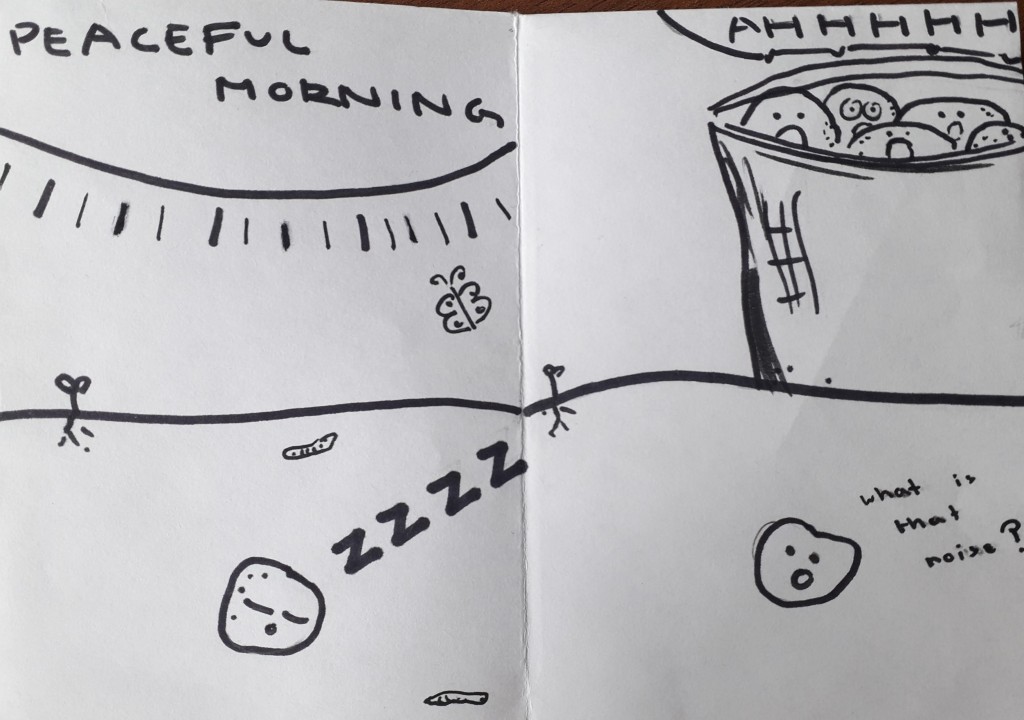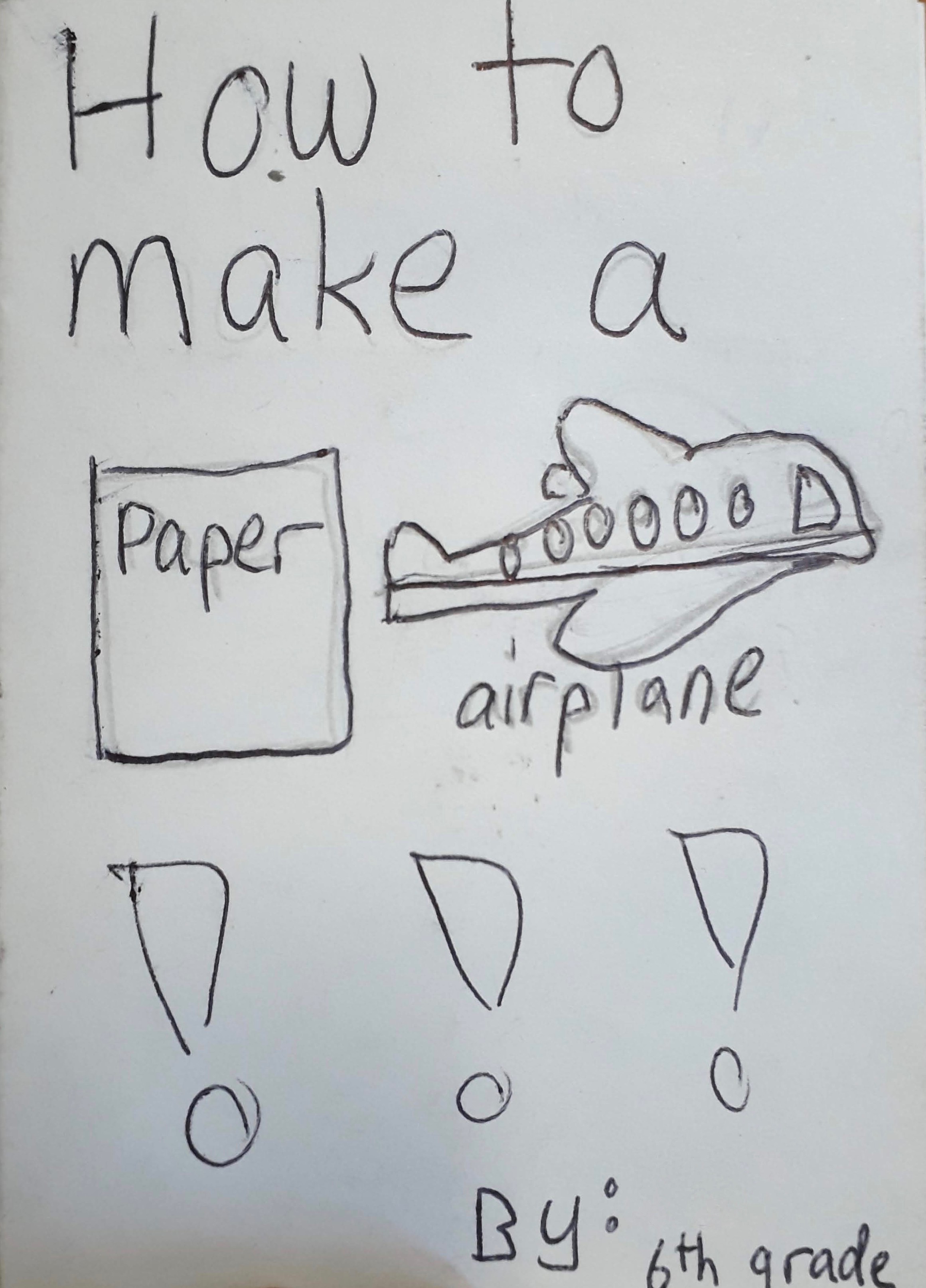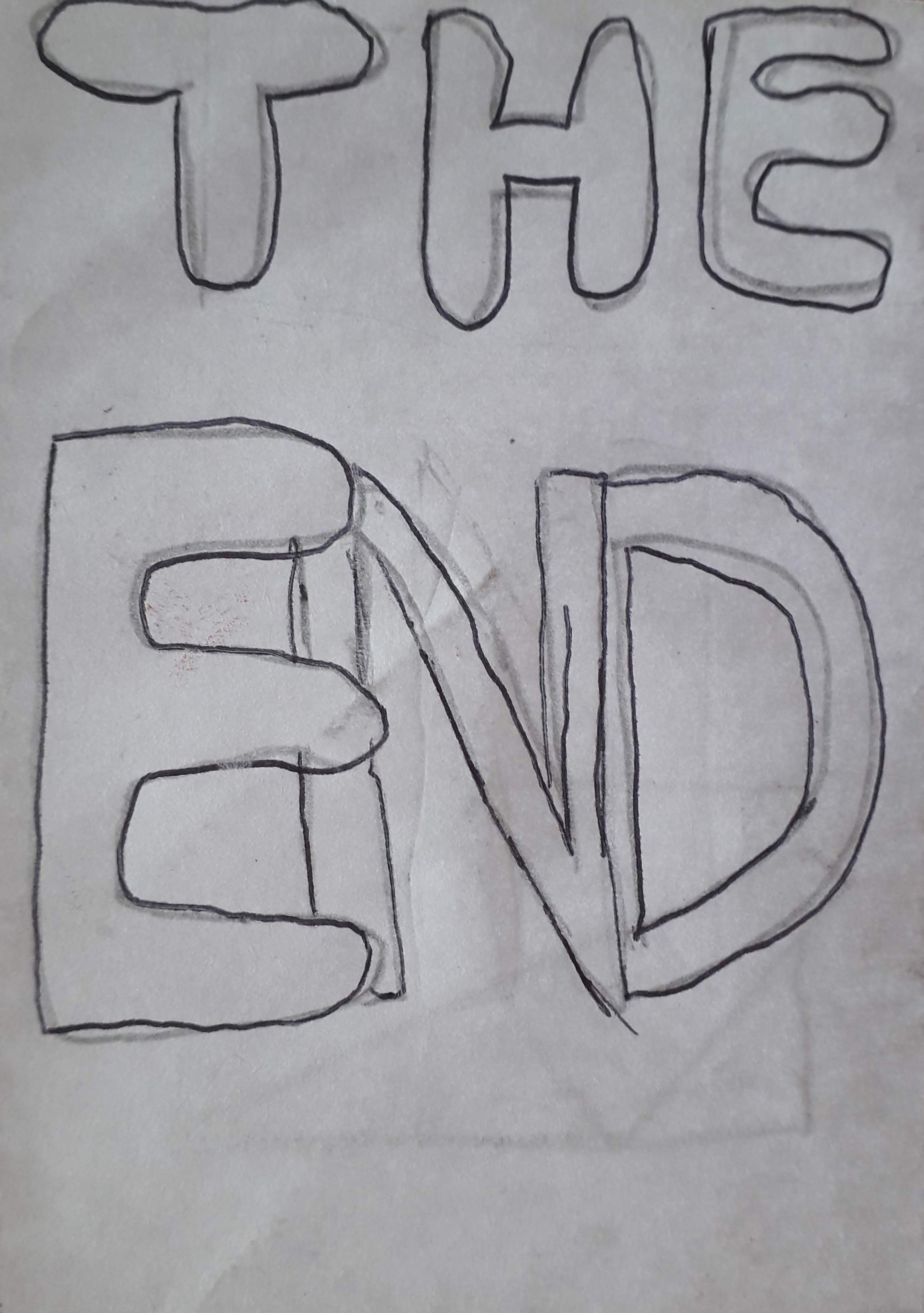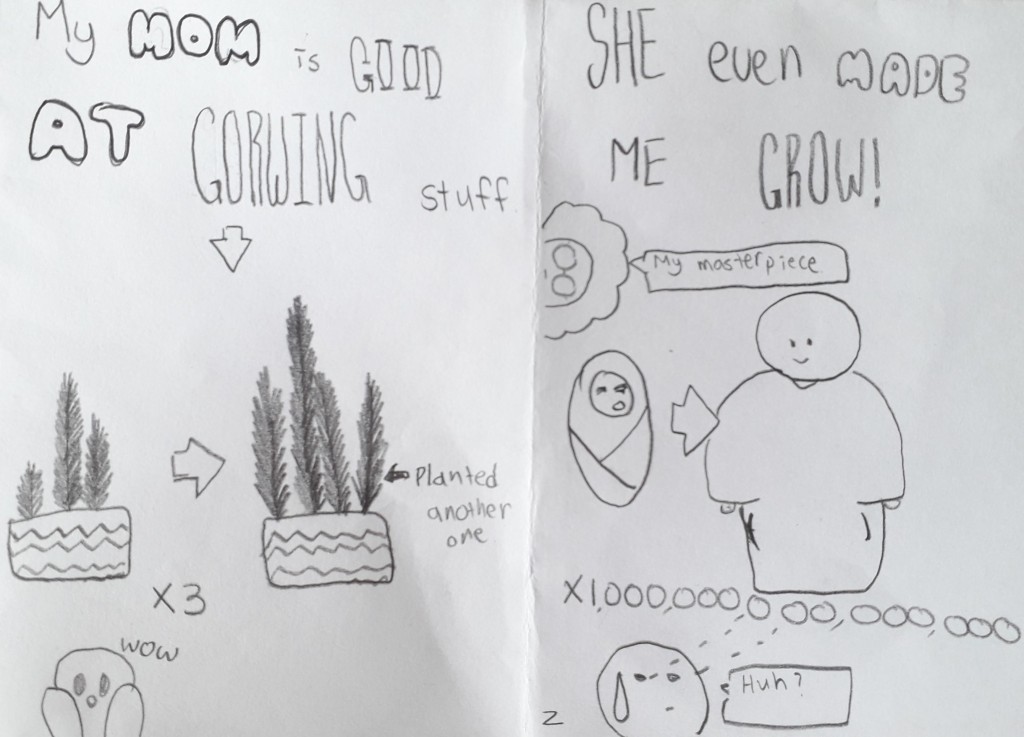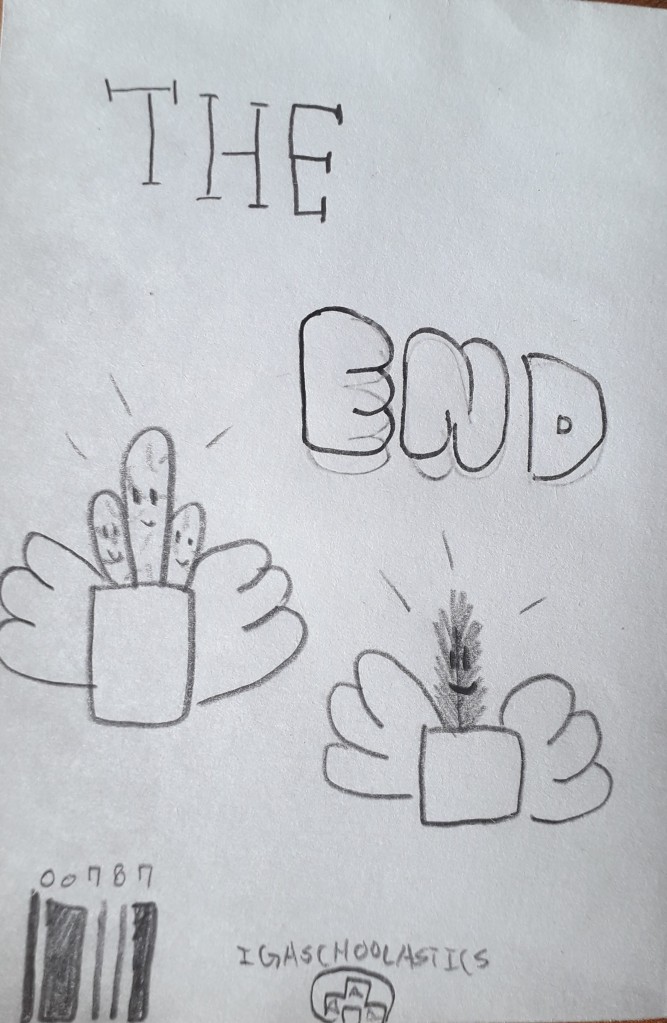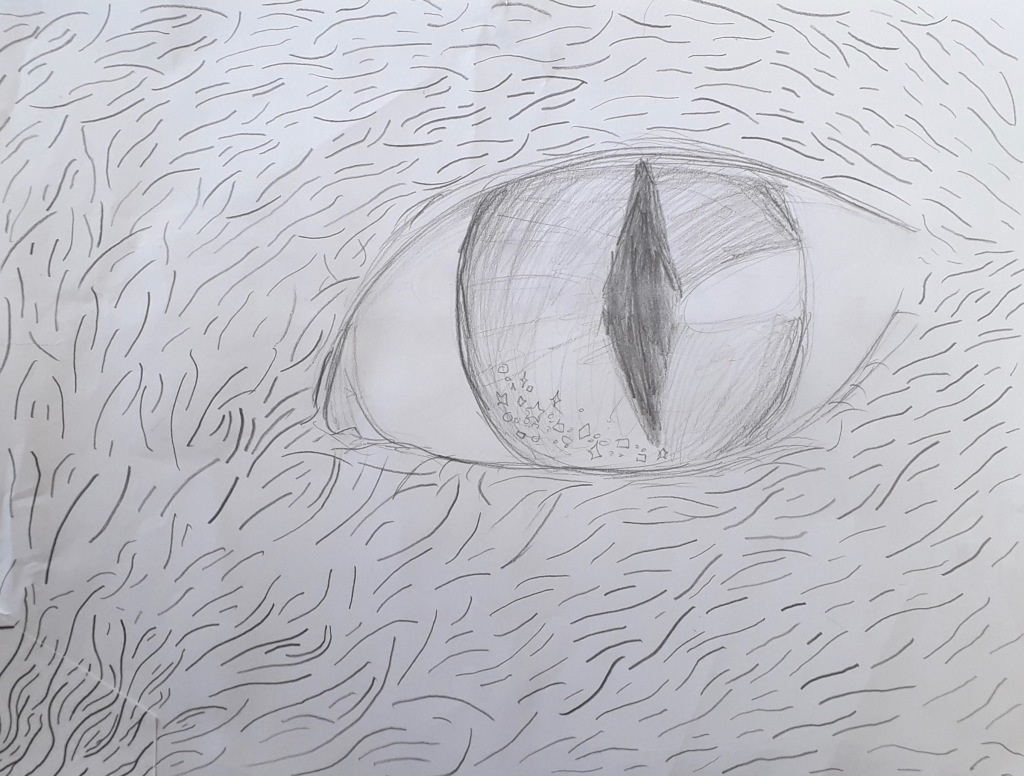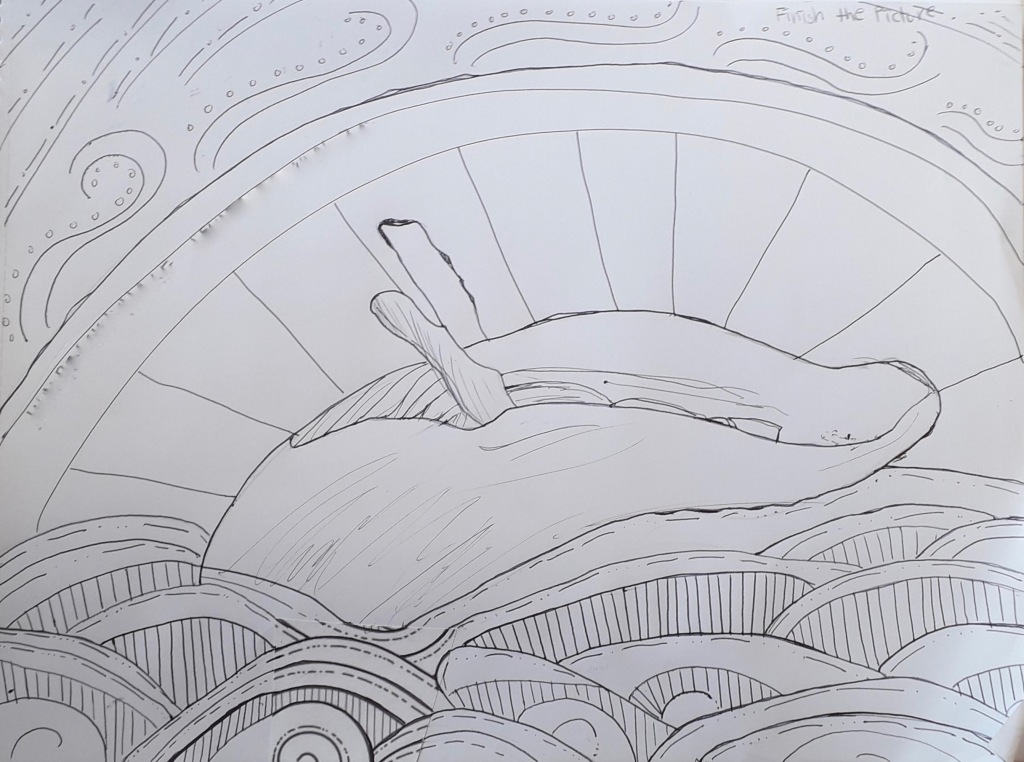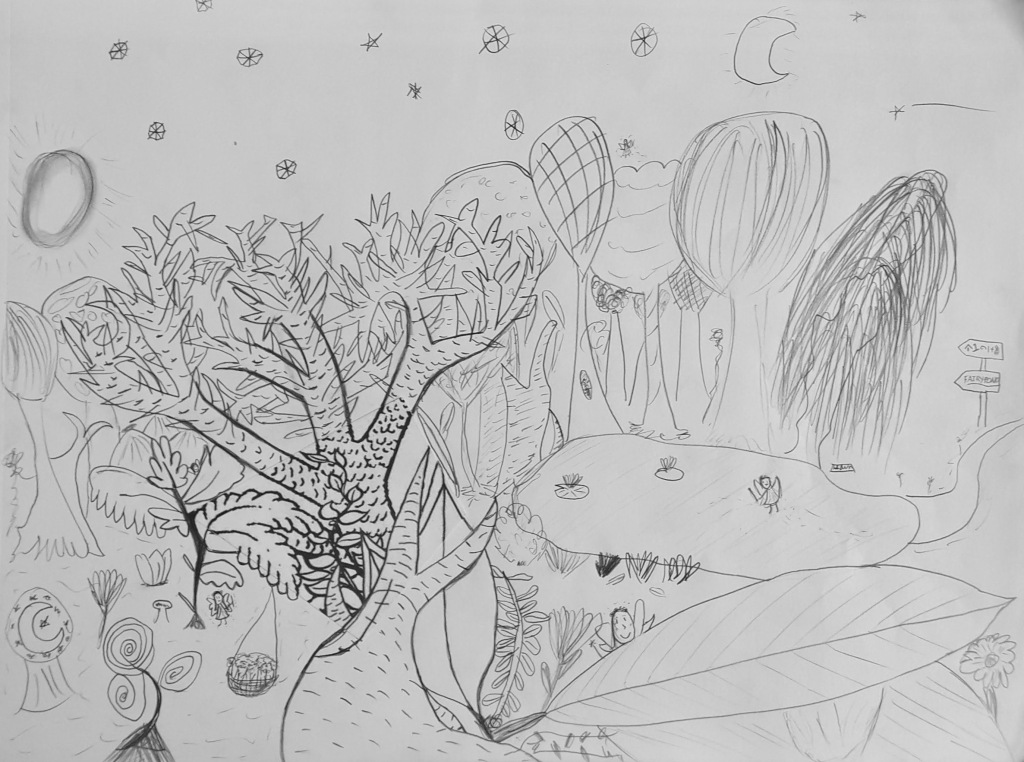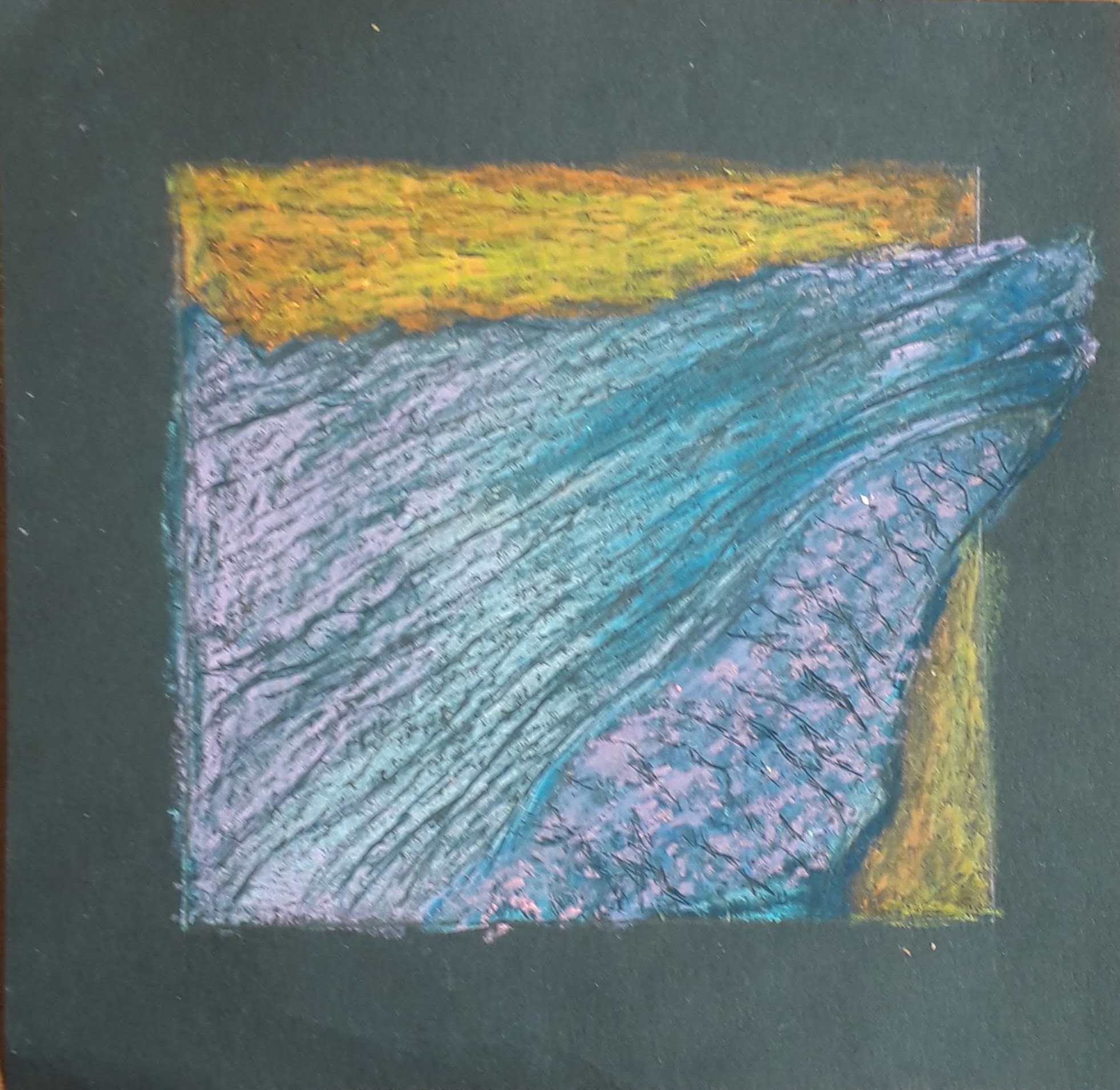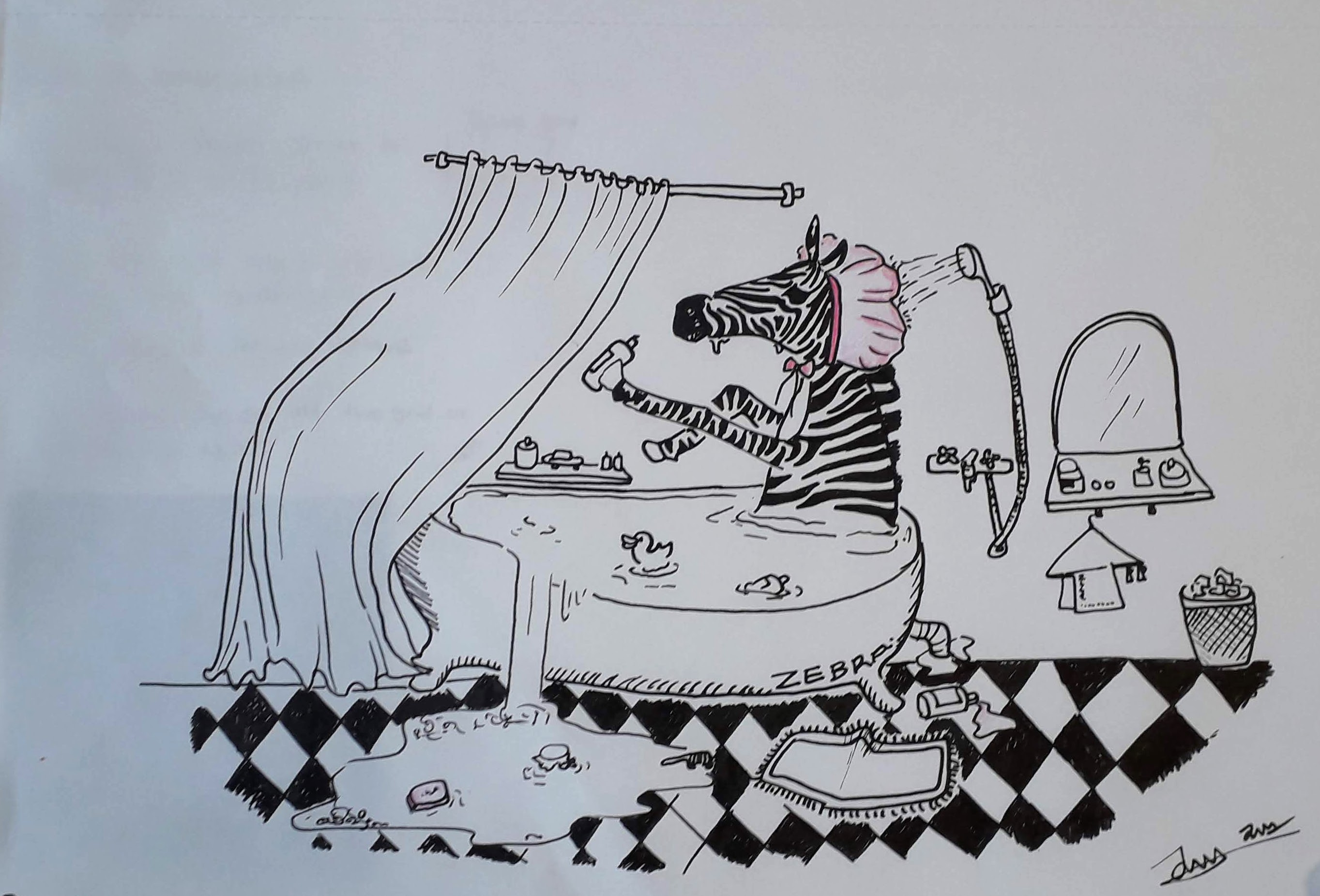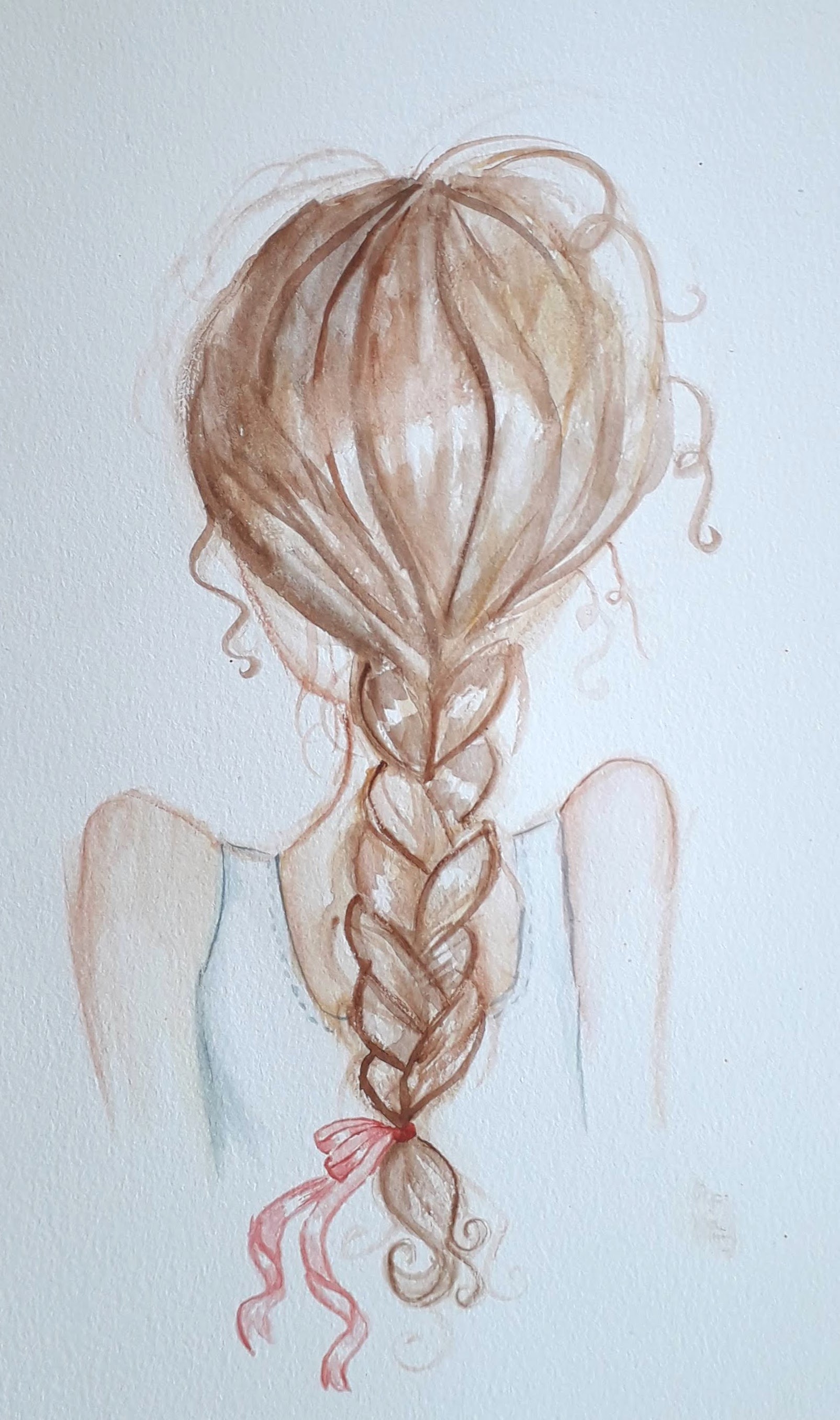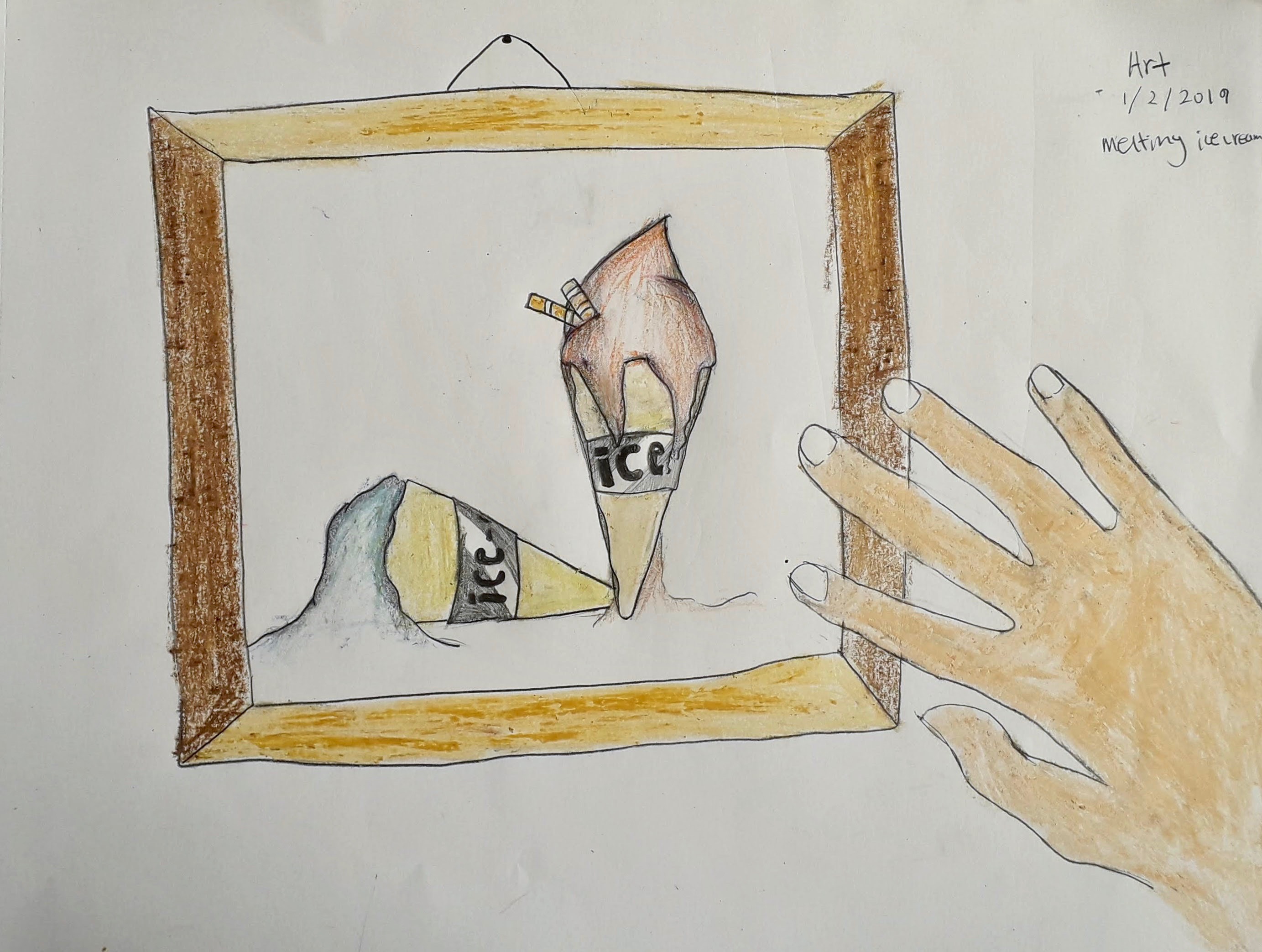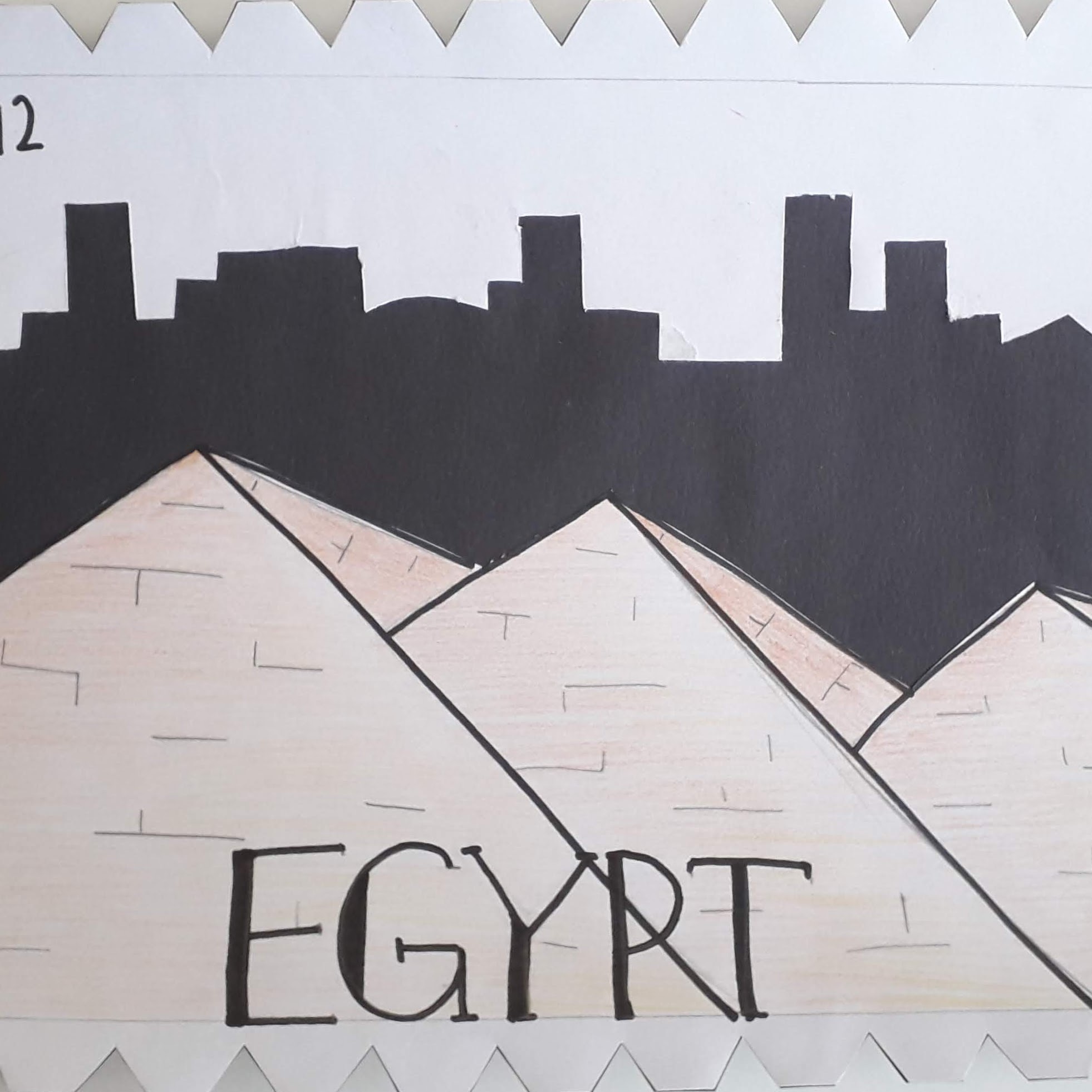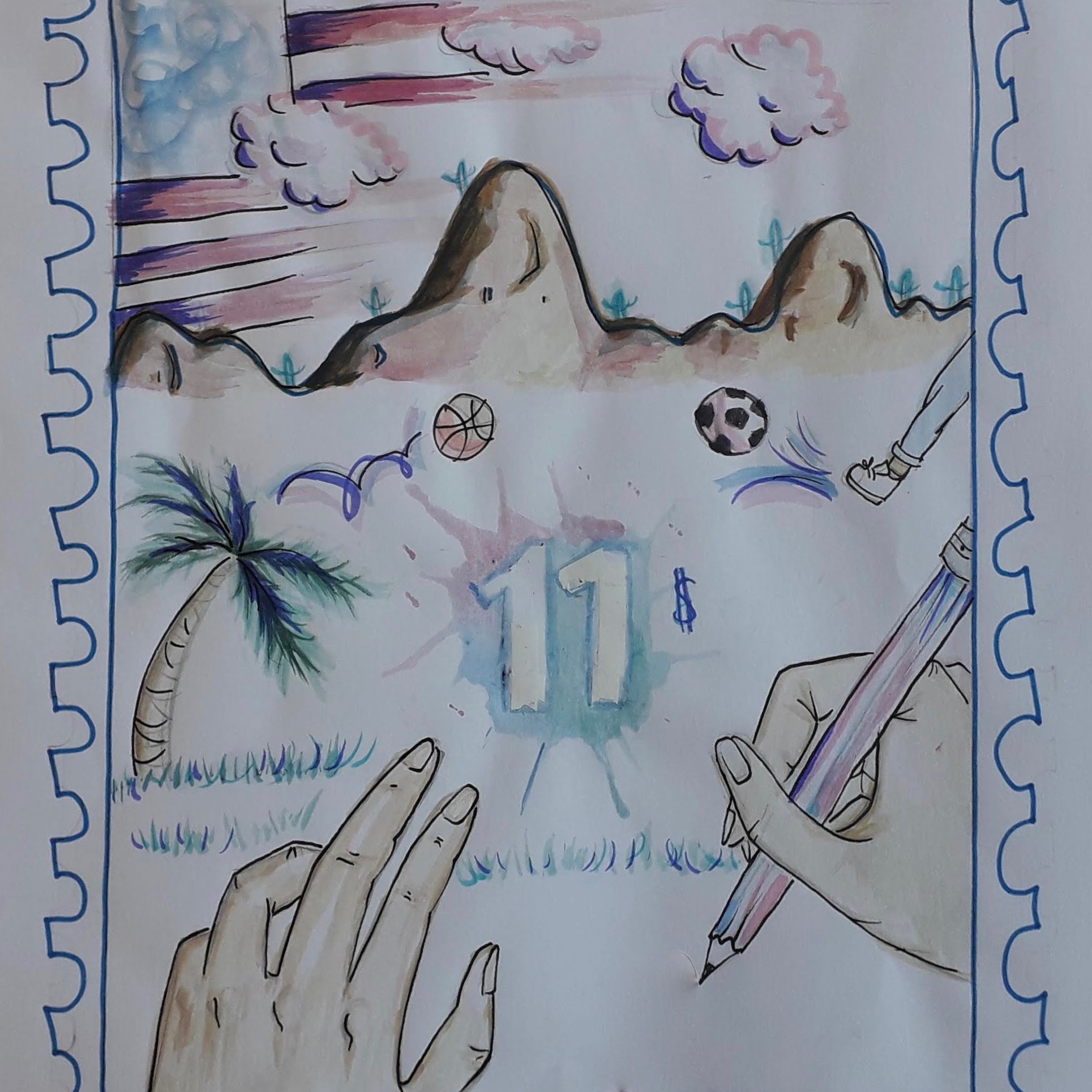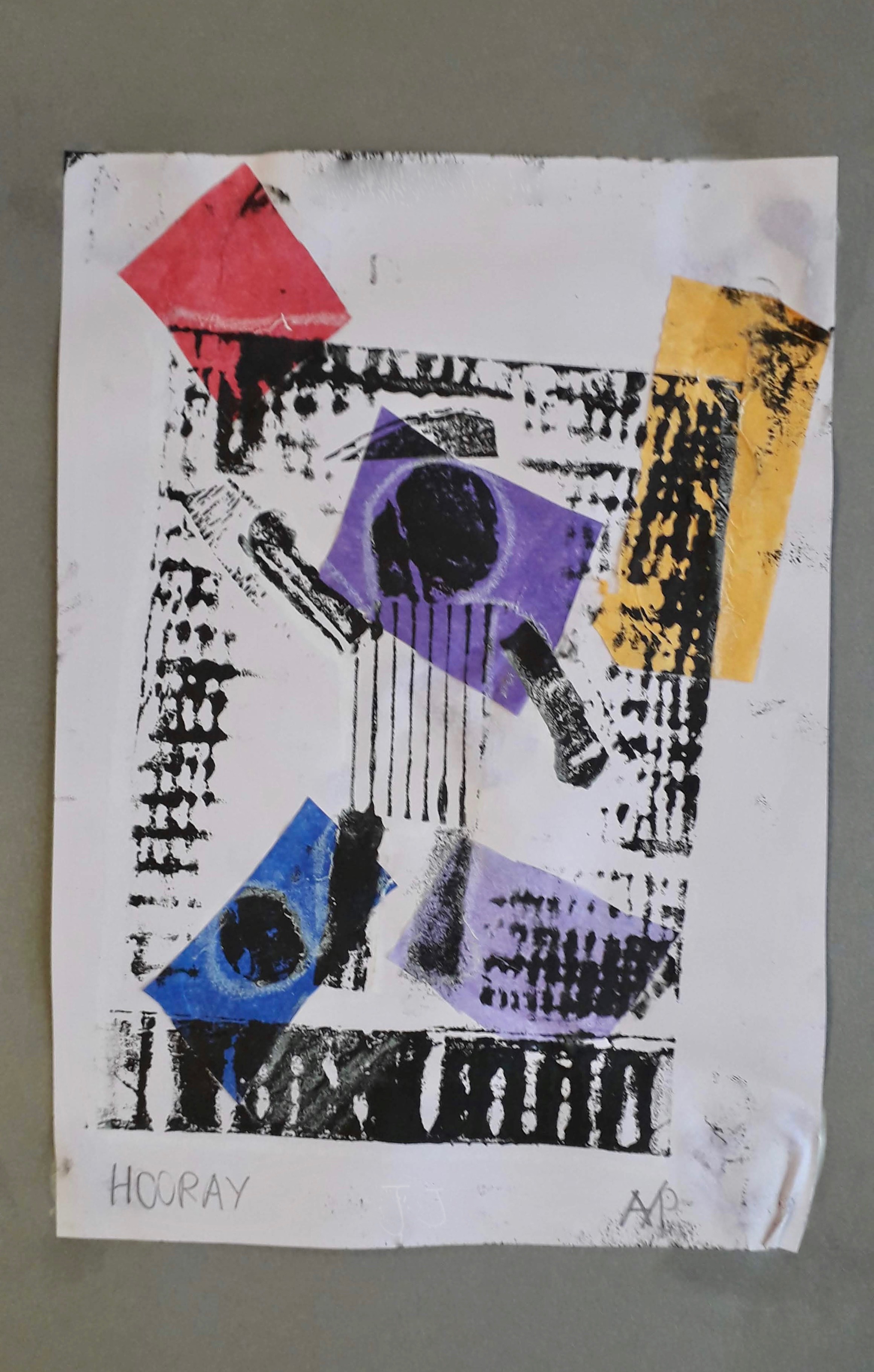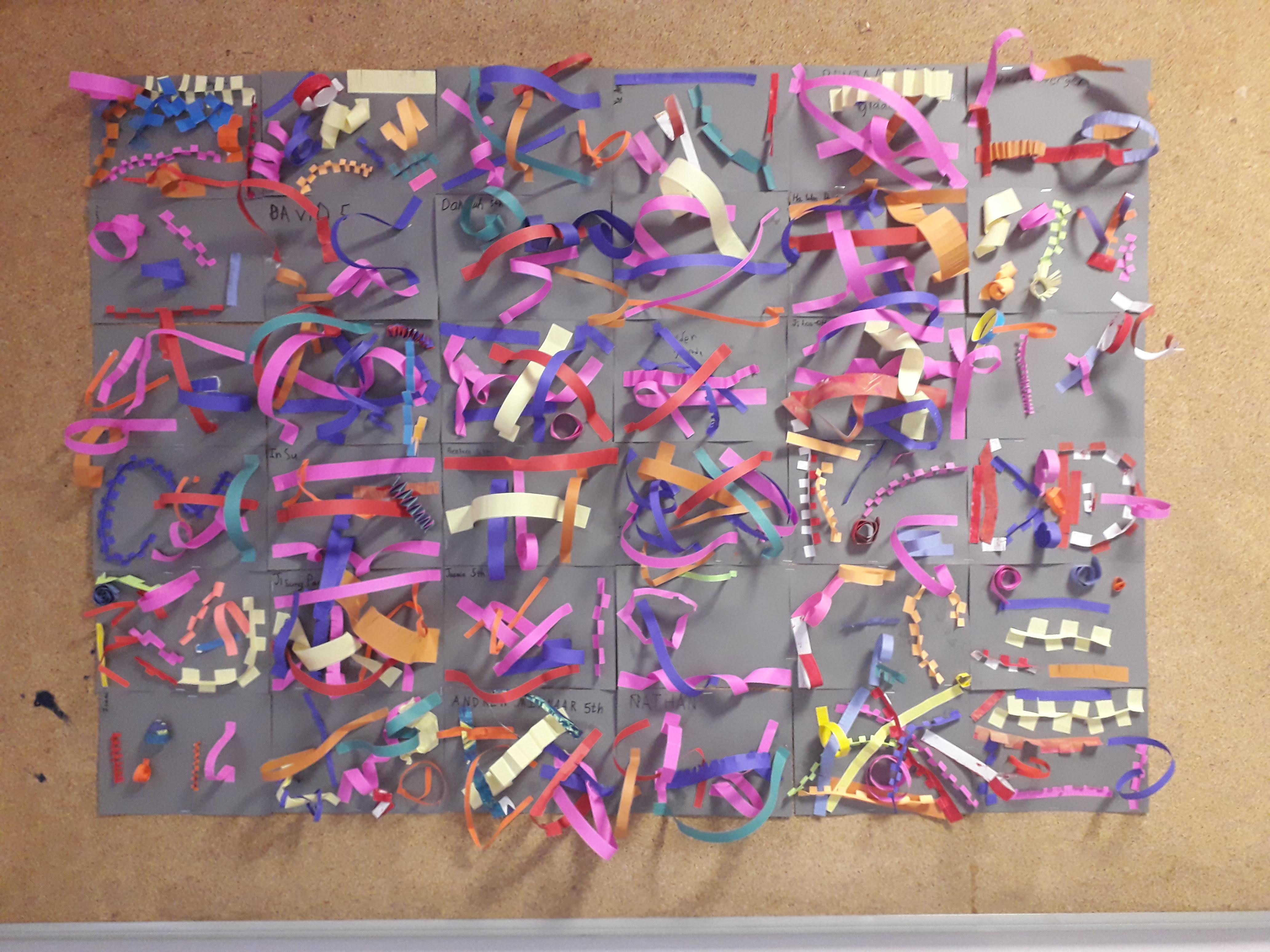As a final assignment, I introduced my students to the world of zines
A zine is a handmade, small circulation self-published booklet of original or appropriated text and images. Zines are a product of a single person or a small group, and are easily reproduced into physical prints via a photocopier for distribution to a wider audience.
We started out with brainstorming a list of topics- zines can be made about anything! I asked them to consider what was important to them, what message they wanted to share with the world; as our zines would become the vehicle to get art into the wider community. Students then chose a topic from their lists and broke it down into subtopics, thinking how they would create content for an 8-page booklet.
Each student created a thumbnail plan in their sketchbook first before creating a master copy. I showed the students how to create an easy booklet from one sheet of A4 paper. Students explored combining drawing and handwriting with collaged imagery and text. We also discussed variation of line weight and value. Students traced over their final pages with black pen, some even added a mid tone gray with pencil to create a greater range of contrast for photocopying.
Alas, time always runs short at the end of the year. Although we discussed how we could distribute and share our finished works with the community, only a couple of students could finish and make copies for the public. Here are a few that we had out for our fringe festival at the end of May.

I really love this project as a final summation to the year- an opportunity for students to share their voice and own unique style developed over the course of a year.

